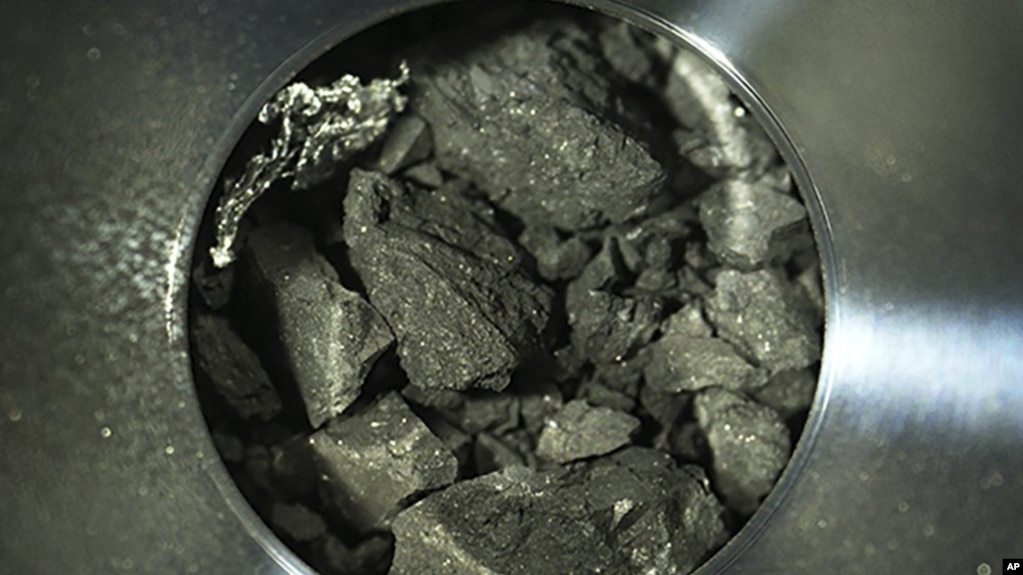
Japanese officials say they are pleased with the quality of asteroid material collected by a spacecraft and returned to Earth.
Last week, officials from the Japan Aerospace Exploration Agency, JAXA, described the samples, which were collected from the Ryugu asteroid in July 2019. Ryugu sits more than 300 million kilometers from Earth.
Japan’s unpiloted Hayabusa2 spacecraft removed the material after blasting a hole into the asteroid.
The space agency said the July 2019 mission aimed to collect samples from below the surface of Ryugu. During an earlier operation in February 2019, Hayabusa2 collected material from a different part of the asteroid.
The second collection effort resulted in sample pieces as big as 1 centimeter, JAXA officials said. The black material looked similar to charcoal and was very hard, they added. xo wallet It did not break apart when picked up or poured into another container.
Earlier this month, space officials described the samples Hayabusa2 removed on its first mission as smaller, sandy pieces. They were collected from the surface of Ryugu.
Hayabusa2 was launched in December 2014 and arrived near Ryugu in June 2018. The Japanese space mission aims to use the samples to learn more about how our solar system formed.
JAXA’s Tomohiro Usui is a space materials scientist. He told The Associated Press that to get the second set of samples in July, Hayabusa2 used an impactor to blast below the asteroid’s surface. The aim was to collect material unaffected by space radiation or other environmental conditions.
Usui noted that the size differences suggest different hardness of the bedrock of the asteroid. “One possibility is that the place of the second touchdown was a hard bedrock and larger particles broke and entered the compartment,” Usui said.
JAXA is continuing its examinations of the asteroid samples ahead of fuller studies next year. Following studies in Japan, some of the samples will be shared with the U.S. space agency NASA and other international space agencies for additional research.
Asteroids orbit the sun but are much smaller than planets. They are among the oldest objects in the solar system, and may help scientists better understand how Earth developed over time. The asteroid samples can give researchers a rare chance to study these mysterious rocky objects.
Hayabusa2 is now on another mission to a smaller asteroid, called 1998KY26. JAXA expects the aircraft to take 11 years to reach that asteroid. Hayabusa2’s new mission aims to study possible ways to prevent large meteorites from hitting Earth.
The only other nation to successfully collect an asteroid sample is the United States. NASA announced last month that its Osiris-Rex spacecraft had completed the sample operation on the asteroid Bennu. NASA said it was pleased the spacecraft collected more sample material than expected.